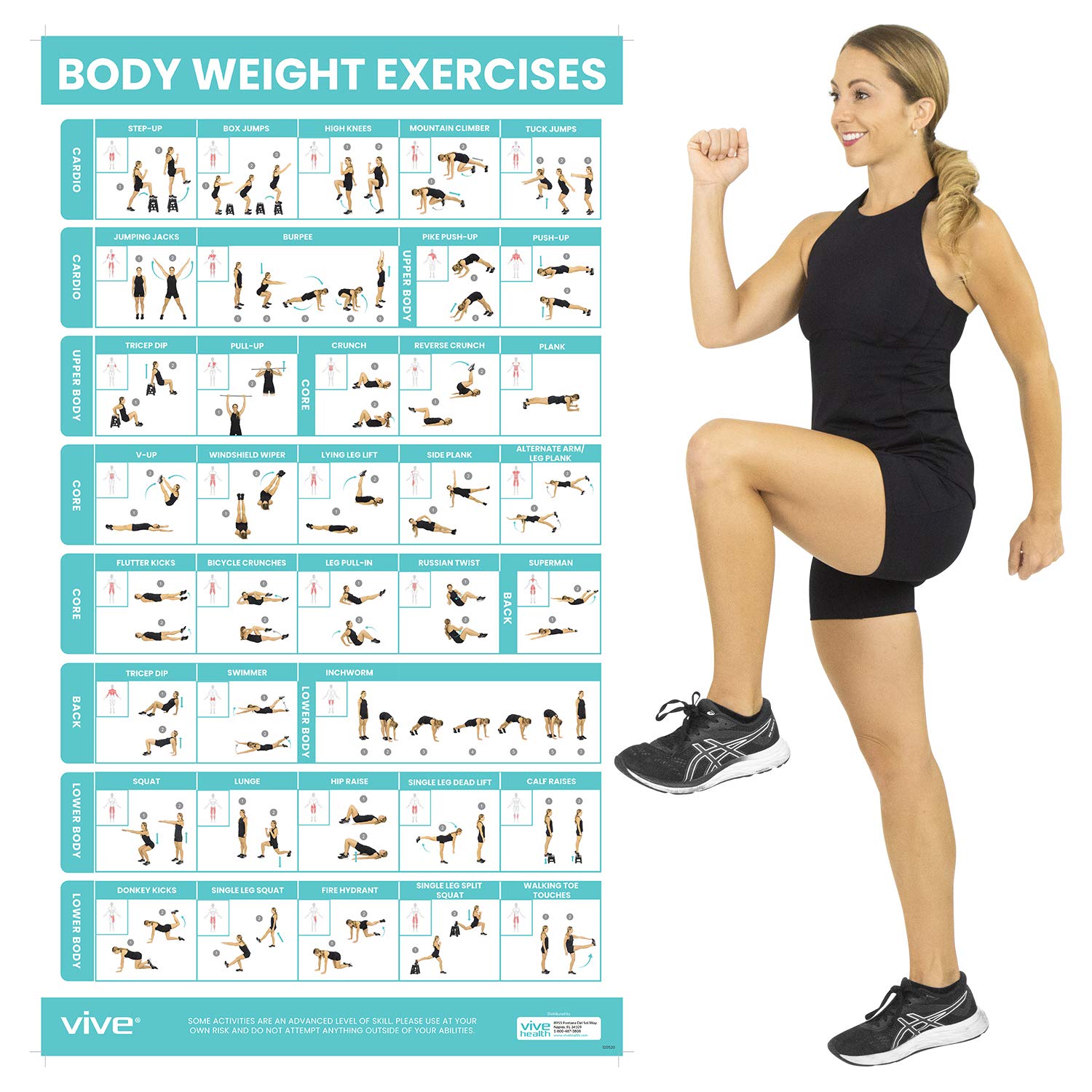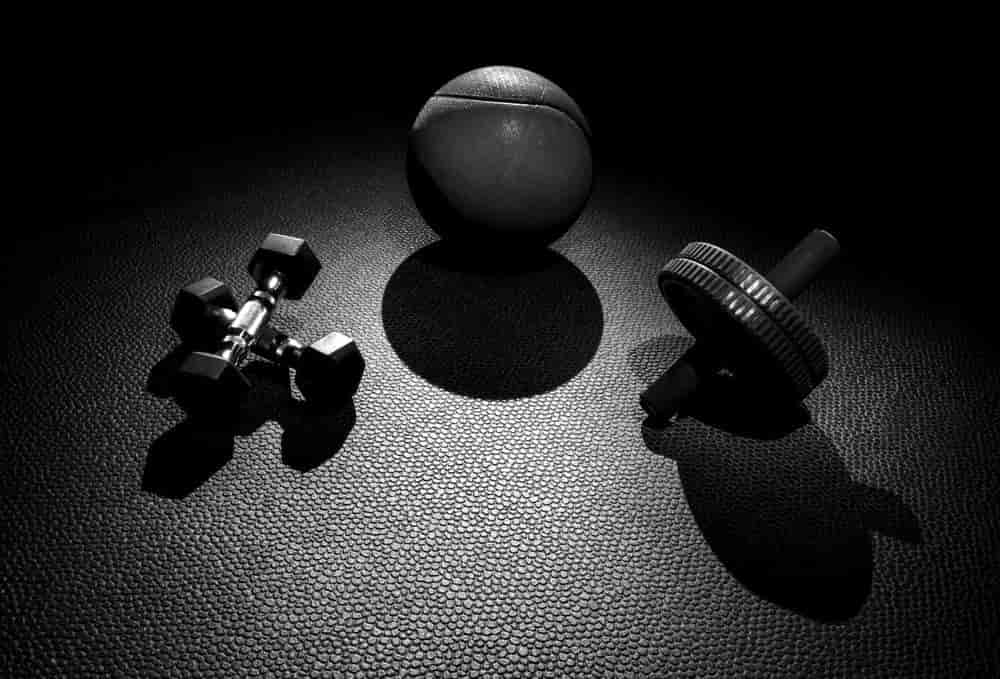
If you want to work in a gym, there are many different jobs that you can get. There are front desk associates, janitors, and sales managers. The front desk associates welcome and assist gym-goers. Janitors keep the gym areas tidy. Personal trainers evaluate the fitness levels of clients. These positions can be rewarding, and the salaries are usually high. Here are some tips to help you work in a gym.
Front desk associates greet gym-goers
A Front Desk Associate is responsible for greeting and directing members and guests into the gym. They are responsible for answering questions about the policies and procedures of their gym and performing administrative duties as directed. Front Desk Associates need to be excellent at customer service, have strong interpersonal skills, and understand accounting and computer principles. Front Desk Associates must be active in community outreach and cleanliness. Finally, Front Desk Associates must be certified to perform CPR.
Janitors keep the gym clean
A janitor's job involves maintaining the cleanliness of the showers, locker rooms, and gym equipment. These areas often harbor bacteria and viruses that can cause serious health problems if not kept clean. It is important to keep these areas clean in order to prevent illness and promote the health of customers. Janitors use suitable cleaning solutions to disinfect and remove bacteria from surfaces. This is particularly important in gyms as mirrors are one important feature of every gym.
A sales manager increases revenue
A gym manager is responsible for many other duties than selling memberships. They establish goals and guide their team in achieving them. They should be able to communicate clearly and solve problems quickly. They are the ones who drive the sales team to bring in new members and increase the gym's profitability. Here are some tips on how to become a great and successful sales manager.

Clients are assessed by staff trainers to determine their fitness levels.
A gym staff trainer should have the ability to assess clients' fitness levels. They should be able to assess a client's level of fitness and determine what modifications are needed to get the client to their desired fitness level. A fitness assessment should ask about the client's current health, weight, and activity level, as well as any pertinent medical history. A fitness assessment should also assess the client's cardiovascular capacity and respiratory condition.
FAQ
Can I exercise after eating?
It depends on the type and intensity of your exercise. Avoid strenuous activities after meals because they can cause stomach cramps. Instead, focus on light aerobic activities like brisk walking or biking.
What does nutrition do for your body?
Your body can function properly if you get the proper nutrition. The best way to ensure that you receive adequate nutrition is to eat a balanced diet with plenty of fruits and vegetables, lean proteins, whole grains, and healthy fats.
Are there any exercises that I shouldn't do or should I?
Before you begin any new exercise regimen, make sure to check with your doctor. Some people are unable to exercise due to injuries. Certain activities require special equipment and training. Swimming, for example, requires swimming suits and access to the pool.
What are resistance training exercises?
Resistance training involves using weights or other objects to perform specific movements. Lifting weights, for example, can help strengthen your arms and shoulders, chest, backs, legs, core, and core. Resistance training promotes strength, muscle mass, and bone density.
Is it possible for one to be too thin?
Yes! Both being underweight or suffering from an eating disorder is unhealthy. It's normal to be a little heavier than you should be. You may also feel tired, weak, dizzy, and experience other symptoms that could indicate being underweight.
Do I need food before I exercise?
No. It's not necessary to eat anything before you work out. You might be hungry after a workout, so you may want to snack on fruit or yogurt.
Statistics
- Physical activity confers the following maternal and fetal health benefits: a decreased risk of pre-eclampsia, gestational hypertension, gestational diabetes (for example, 30% reduction in risk) (who.int)
- In high-income countries, 26% of men and 35% of women were insufficiently physically active, as compared to 12% of men and 24% of women in low-income countries. (who.int)
- Adolescent girls were less active than adolescent boys, with 85% vs. 78% not meeting WHO recommendations of at least 60 minutes of moderate to vigorous intensity physical activity per day. (who.int)
- An estimated 110,000 deaths per year could be prevented (cdc.gov)
External Links
How To
How to Lose Belly Fats More Fast
When trying to lose weight, belly fat is often viewed as a problem. It's actually a good thing, in fact. Your organs are protected by the fat around your stomach. Let's learn how to quickly burn belly fat.
Lack of exercise and stress are the main reasons we store body fat. Stress makes us feel hungry constantly because it stimulates the production of the cortisol hormone. Cortisol levels are increased by insulin. The insulin stores the excess calories as fat. Lack of sleep causes the release of adrenaline into our system, leading to increased appetite. These extra calories can be broken down by exercising.
There are many methods to lose belly fat. Depending on your budget, you can try each one. Here are some tips to help you get rid of belly fat quickly.
-
Eat less food. Instead of eating three large meals a day, eat smaller meals. You'll eat fewer calories this way.
-
Get plenty of water. Water flushes out toxins and keeps you hydrated. Drinking water prior to every meal will ensure that you are satisfied for longer periods of time and won't eat too much.
-
Avoid unhealthy snacks. If you're looking for quick fixes, snack foods like chips, cookies, candies, etc. Although tempting, they can be very unhealthy. These sugary treats have lots of empty calories so avoid them. Choose healthy options like whole grains, fruits, vegetables, nuts, seeds and nuts.
-
Strength training should be performed at least 3 times per week. Strength training builds muscle mass which burns more calories even while resting. Strengthening your bones, muscles as well ligaments, joints, tendons, heart and lungs.
-
Regularly walk or stretch. Stretching improves flexibility and mobility which can reduce back pain. Walking for 30 minutes is a great way to burn calories.
-
Reduce alcohol intake. Your diet is empty of calories, and alcohol has no nutritional content.
-
Lose weight gradually. Your current weight is the first step to losing weight. Next, calculate your ideal weight by adding between 5% and 10% to your total body weight. Once you have reached your target weight, begin decreasing your daily calories intake by 500-1 000 calories until you reach your goal.
-
Avoid processed foods. These foods have high amounts of salt, sugar, and preservatives. Processed foods are often very convenient but don't provide enough nutrients to keep you healthy.
-
Don't skip breakfast! Breakfast is good for your concentration, memory, and energy. Breakfast should contain protein (like eggs), fibre (like oats), as well as complex carbohydrates (like oatmeal).
-
Have regular bowel movements. Constipation and irregularity can cause gas and bloating. Increase your fiber intake and drink lots of water.